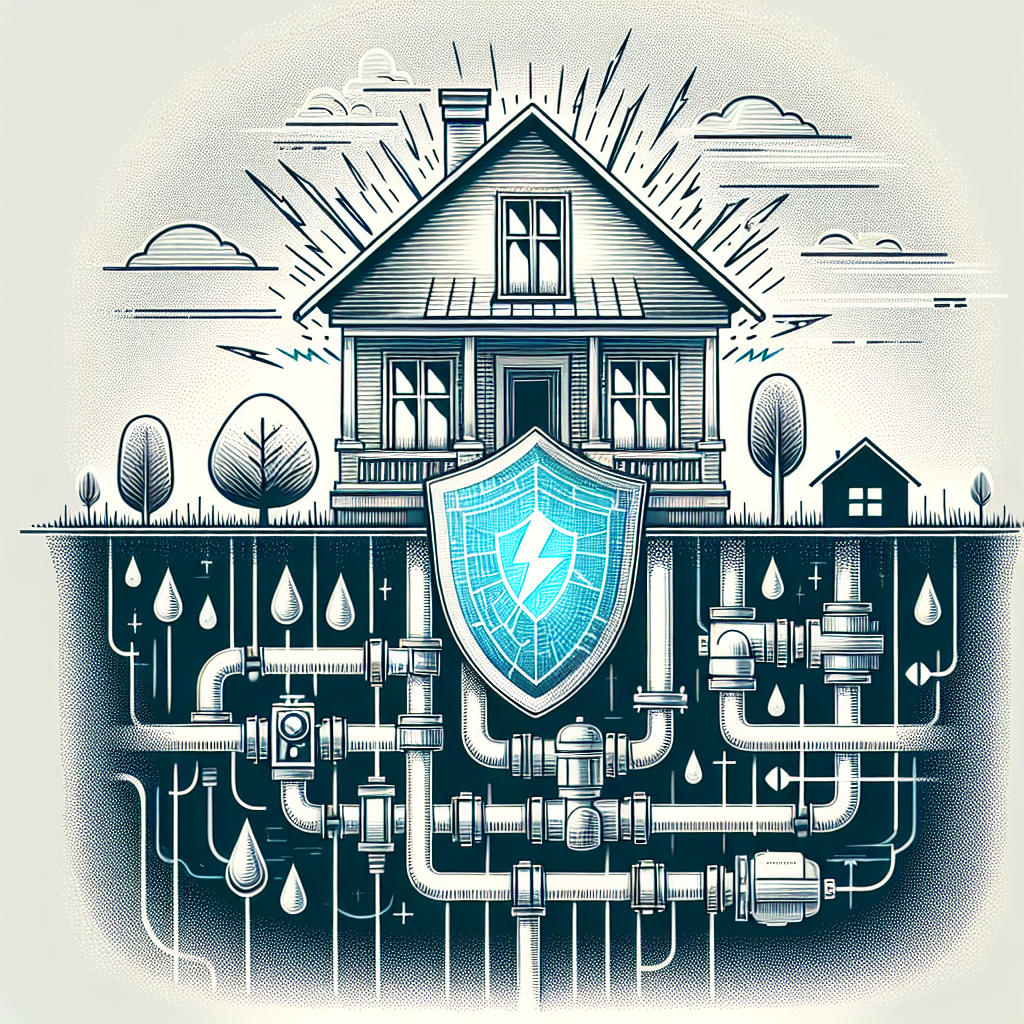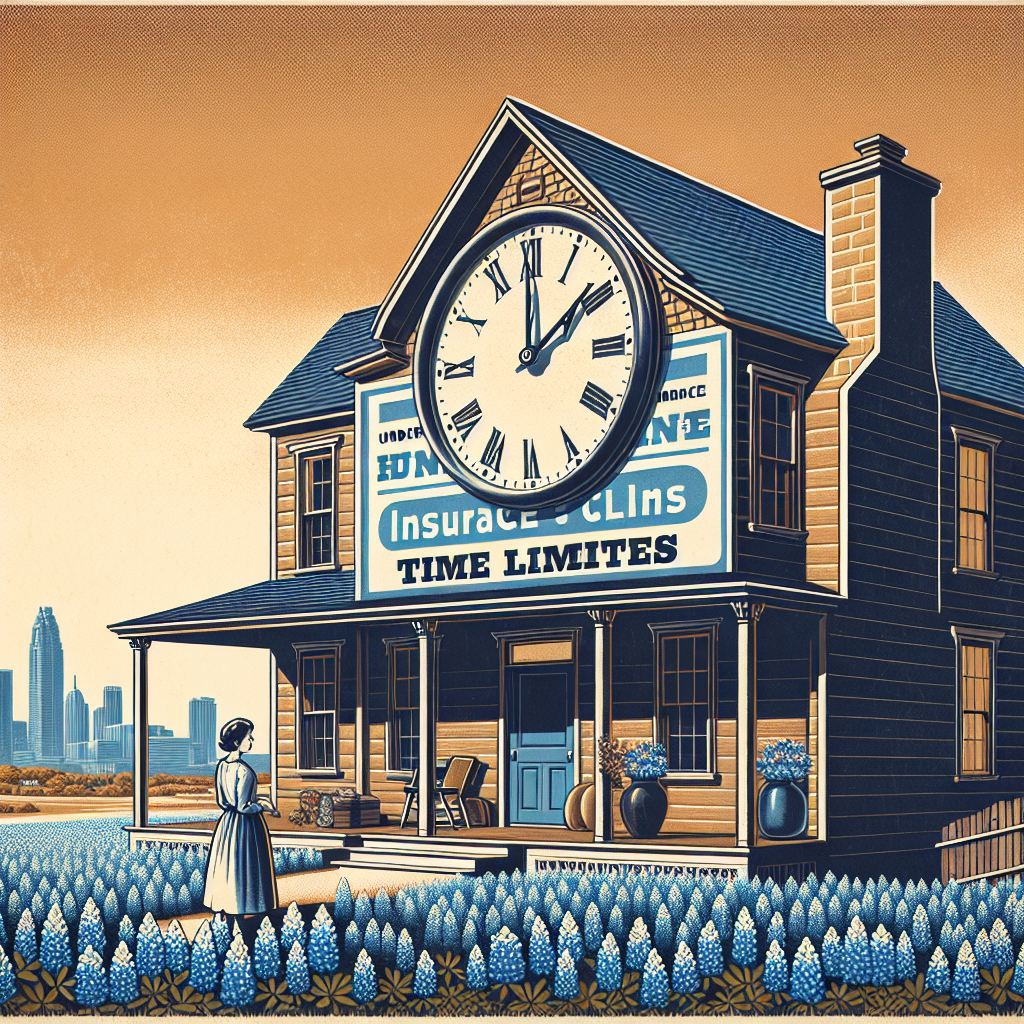Filed under Home Insurance on
Understanding Service Line Coverage in Home Insurance

Home insurance is a crucial aspect of safeguarding your most valuable asset—your home. While standard home insurance policies cover a wide range of risks, there's a particular endorsement that homeowners might not be familiar with but should definitely consider: service line coverage. Let's delve into understanding what service line coverage is, its importance, and why integrating it into your home insurance plan can offer substantial peace of mind.
What is Service Line Coverage?
Service line coverage is an endorsement or add-on to a standard homeowner's insurance policy. It protects against unexpected costs related to damaged or broken service lines that run underground to your house. These service lines can include water, electricity, sewage, gas, steam, internet, and even telephone. If these lines sustain damage, it's typically the homeowner's responsibility to address repairs, which can be surprisingly costly.
Why is Service Line Coverage Essential?
While the pipes, wires, and service lines that connect to your home might be out of sight, damage to these can be a serious and expensive problem. Traditional home insurance policies often don’t cover the repair or replacement of these service lines. Without service line coverage, homeowners could find themselves paying thousands of dollars out-of-pocket when a line is damaged.
Cost of Repairs
The costs entailed in fixing damaged service lines can be significant. For instance, replacing a sewage line can range from $3,000 to $10,000, depending on the extent of the damage. Water line repairs might cost anywhere from a few hundred to a few thousand dollars. With service line coverage, a substantial portion of these expenses can be covered, reducing the financial burden on homeowners.
Comprehensive Protection
Service line coverage fills the gap left by traditional insurance policies. While external factors like tree roots, wear and tear, or even a rogue construction issue can cause these lines to break down or require repair, this endorsement ensures you are protected from incidents that would otherwise leave you financially strained and technically uninsured.
Understanding the Coverage Scope
Each policy may vary, but generally, service line coverage encompasses a wide range of scenarios. Here’s a closer look at what it typically includes:
Covered Perils
- Wear and tear
- Rust, corrosion, decay, and deterioration
- Mechanical or pressure systems failures
- Problems arising from tree root ingress
- Impact from external objects
- Environmental threats such as earthquakes and soil upheavals
What It Doesn't Cover
While service line coverage is extensive, it does have its limitations, like any insurance endorsement. Common exclusions include:
- Normal maintenance of lines
- Pre-existing damage before policy inception
- Damage due to negligence or faulty work done by unqualified contractors
- Pollutants unless specifically written into the policy
Cost and Investment of Service Line Coverage
The cost of adding service line coverage to your home insurance policy is relatively low, typically around $20 to $50 annually, depending on the insurer and the geographic area you reside in. Considering the potential costs of repair and replacement, this coverage often represents a wise investment.
How to Add Service Line Coverage to Your Policy
Adding this endorsement is straightforward. Here's a step-by-step guide on how to do so:
- Review your current policy to understand existing coverages and exclusions.
- Contact your insurance provider to inquire about adding service line coverage.
- Discuss the plan options, costs, and the specific lines covered under the endorsement.
- Evaluate your home's needs and risks to decide the adequate coverage level.
- Update your policy paperwork and confirm the addition with your insurer.
Industry Trends and Insights
The home insurance market continually evolves and adapts to emerging needs and risks, and the addition of service line coverage reflects this. There's been a growing trend among insurers to offer this coverage, responding to a higher incidence of problems related to aging infrastructure, settlement issues, and shifts in soil due to climate changes. According to a recent study by the Insurance Information Institute, there has been a noticeable uptick in claims associated with service line damage, pushing the service line coverage to the fore of additional protective measures for savvy homeowners.
Expert Opinions on Service Line Coverage
Insurance experts often advocate for home insurance policyholders to consider service line coverage seriously. John Smith, a notable home insurance consultant, emphasizes, “With the increasing frequency of severe weather conditions and aging municipal infrastructures, the importance of service line coverage is more pronounced than ever. It mitigates the high cost risks associated with unforeseen breakages beneath one’s property.”
Furthermore, many industry professionals suggest that the nominal cost of service line coverage compared to the potential expenses of repair works makes it a highly recommended option for anyone looking to comprehensively protect their home investments.
Conclusion
Homeowners frequently overlook aspects like underground service lines when evaluating their home insurance coverage. However, understanding service line coverage and its benefits serves as a necessary component of a comprehensive home protection strategy. From mitigating repair costs to ensuring peace of mind against potential disruptions, adding this coverage can shield you from expensive surprises. As you contemplate ways to better secure your home investments, including service line coverage in your insurance policy could be a prudent consideration. With its modest premium and extensive utility, it stands as an invaluable component of modern homeownership.





